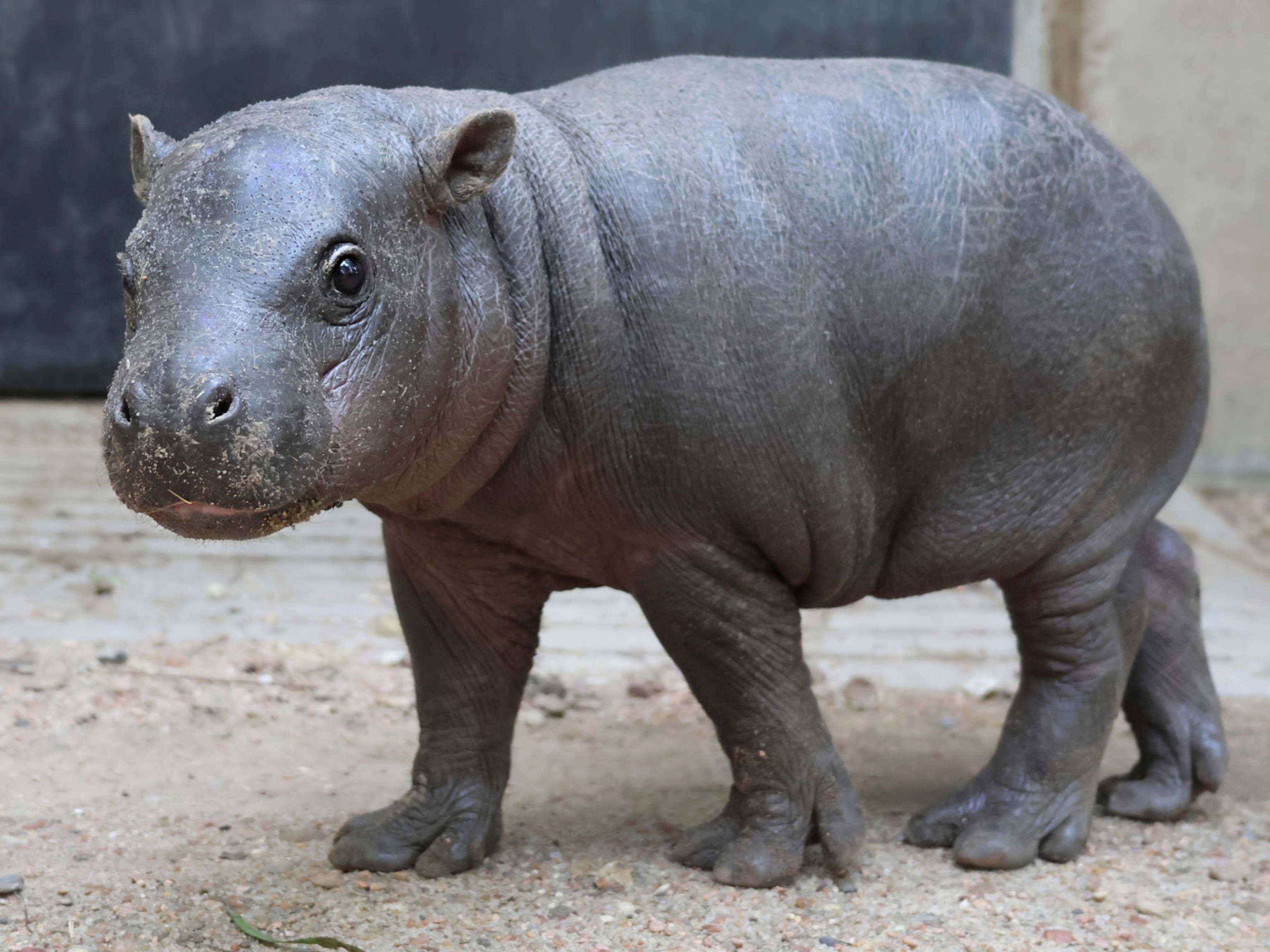
How you can help fight the illegal cheetah cub trade
Cheetah cubs are smuggled from the Horn of Africa to the Arabian Peninsula as pets. Here are a few things any person can do to help.
Most “pet” cheetahs today belong to rich people in gulf countries such as the United Arab Emirates and Saudi Arabia, though there’s a long history of the wealthy and powerful around the world owning them. For ancient Egyptian pharaohs to the Medicis to 1960s Parisian jetsetters, cheetahs represented influence and glamor. Modern-day owners use Instagram and TikTok to show off their cats, which they pose in sports cars, on couches, and alongside other exotic pets. Posts garner thousands of likes, along with heart emojis and comments like “amazing” and “love it!”
Fewer than 7,000 adult cheetahs remain in the wild, threatened with extinction by habitat loss, retaliation by livestock owners when cheetahs kill their animals—and now also the pet trade.
Cheetahs don’t reproduce easily in captivity, so the majority of pet cheetahs are taken from the wild, says Adrienne Crosier, the biologist who manages the cheetah breeding program at the Smithsonian Conservation Biology Institute, in Virginia. Selling cheetahs commercially across international borders has been prohibited since 1975, which means that most cheetah owners got their cats in violation of international rules.
No one knows exactly how many cubs enter the illegal trade, but some estimates put the number at several hundred a year. As with any black market, it can be hard to pin down facts, so we spent 18 months looking into how this trade works—where the cubs come from, how they’re smuggled across the Horn of Africa, and who’s buying them. You can read what we discovered about cheetah trafficking in the September 2021 issue of National Geographic.
We also learned some tips that any person can do to help stop the illegal cheetah trade:
Raise awareness: Share the magazine story with friends and family. The more people who learn about the threat the pet trade poses to cheetahs, the greater the support for efforts to end it.
Be thoughtful about interactions on social media: Before you like or share any social media post featuring cheetahs, take a few seconds to reflect. Is what’s being depicted possibly illegal or unethical? If so, ignore the post, says Erin Vogel, a social psychologist and senior research associate at the University of Southern California. That’s because “likes” reinforce actions. “If a lot of people like my social media post, I’m going to take that as a sign that they approve of the post and what I’m doing in it,” she says. “It feels good to get that validation from other people.”
“People need to understand that ‘liking’ posts with unnatural human-animal interactions encourages the trafficking of wildlife,” says Patricia Tricorache, a researcher with Colorado State University who tracks the online trade of cheetahs. That kind of positive feedback can encourage the person to most more photos, which could help normalize cheetah ownership or encourage others to think about getting one too.
Help spread the message about the role social media plays in encouraging the illegal wildlife trade by using the hashtag #ThinkBeforeYouLike.
Condemning the post in a public comment can make the cheetah owner defensive. Instead consider sending a private message explaining why you’re concerned.
If an animal is being harmed and you plan to report the post, take a screenshot of it so there’s still a record for evidence if the person deletes it. (To report a post on Instagram, tap the three dots to the right of the username, then tap “Report.”)
Contact government representatives: Wildlife trafficking is more than a matter of conservation—it’s transnational organized crime. If it’s an issue you want to see prioritized, let your representatives know. In the United States, the Congress, Department of State, Fish and Wildlife Service, and other agencies all are involved in combating wildlife trafficking.
Support the National Geographic Society: It funds Wildlife Watch, the investigative reporting project under which the September 2021 article investigating the cheetah trade published, and it funds Tim Spalla and the team of researchers who have been mapping cheetah trafficking networks in Somaliland. By donating to the National Geographic Society, you’re supporting work that helps protect cheetahs.
Wildlife Watch is an investigative reporting project between National Geographic Society and National Geographic Partners focusing on wildlife crime and exploitation. Read more Wildlife Watch stories here, and learn more about National Geographic Society’s nonprofit mission at natgeo.com/impact. Send tips, feedback, and story ideas to NGP.WildlifeWatch@natgeo.com.





